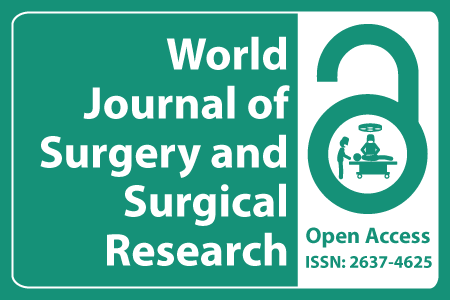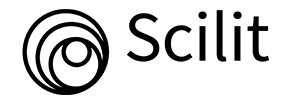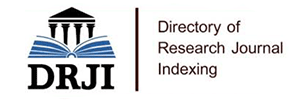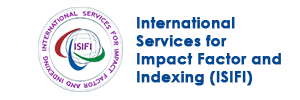
Journal Basic Info
- Impact Factor: 1.989**
- H-Index: 6
- ISSN: 2637-4625
- DOI: 10.25107/2637-4625
Major Scope
- Vascular Surgery
- Oral & Maxillofacial Surgery
- Cardiac Surgery
- Pediatric Surgery
- Orthopaedic Surgery
- Spine Surgery
- Hepatology
- Otolaryngology & ENT Surgery
Abstract
Citation: World J Surg Surg Res. 2019;2(1):1102.DOI: 10.25107/2637-4625.1102
Various Methods for Reconstruction of Bile Duct Continuity after Damage during Laparoscopic Cholecystectomy
Jerzy Piecuch, Jerzy Z. Piecuch and Maciej Wiewióra
Department of General and Bariatric Surgery and Emergency Medicine in Zabrze, Medical University of Silesia, Katowice, Poland
*Correspondance to: Jerzy Piecuch
PDF Full Text Case Report | Open Access
Abstract:
Laparoscopic cholecystectomy is one of the most common procedures in the abdominal cavity. While this technique is promoted for its low invasiveness, it also bears the risk of complications. Injury to the bile duct is particularly dangerous and should be quickly diagnosed and treated. The method of reconstruction should be chosen carefully, as further complications may be possible following reconstruction. The complications could include stenosis of the anastomosis or recurrent choledocholithiasis. In the event of such complications, we should be able to reach the created anastomosis in the least invasive way to diagnose the issue and, if possible, treat it immediately. In this case report, we present two patients who underwent reconstructive procedures after an iatrogenic injury of the bile duct. In one of the patients, a Roux-en-Y hepaticojejunostomy was created. Several months later, the patient was diagnosed with narrowing of the anastomosis and had to be re-operated due to insufficient tool length. In the other patient, a different approach was used. Reconstruction was performed using an isolated jejunal tube anatomized with common bile duct end to side and with a duodenum end to side. A jejunal-jejunal end to end anastomosis was also created. This procedure resulted in an easily accessible and patent anastomosis, which was visualized by endoscopy several months after the reconstruction. In conclusion, performing the anastomosis using the isolated jejunal tube connected to the duodenum provides the possibility of using an endoscopic method for the treatment of further complications.
Keywords:
Cite the Article:
Piecuch J, Piecuch JZ, Wiewióra M. Various Methods for Reconstruction of Bile Duct Continuity after Damage during Laparoscopic Cholecystectomy. World J Surg Surgical Res. 2019; 2: 1102.













